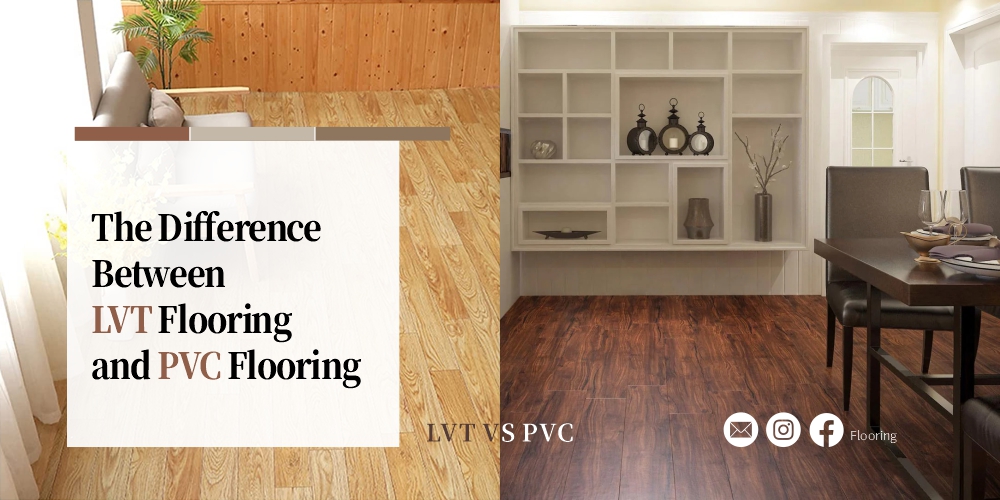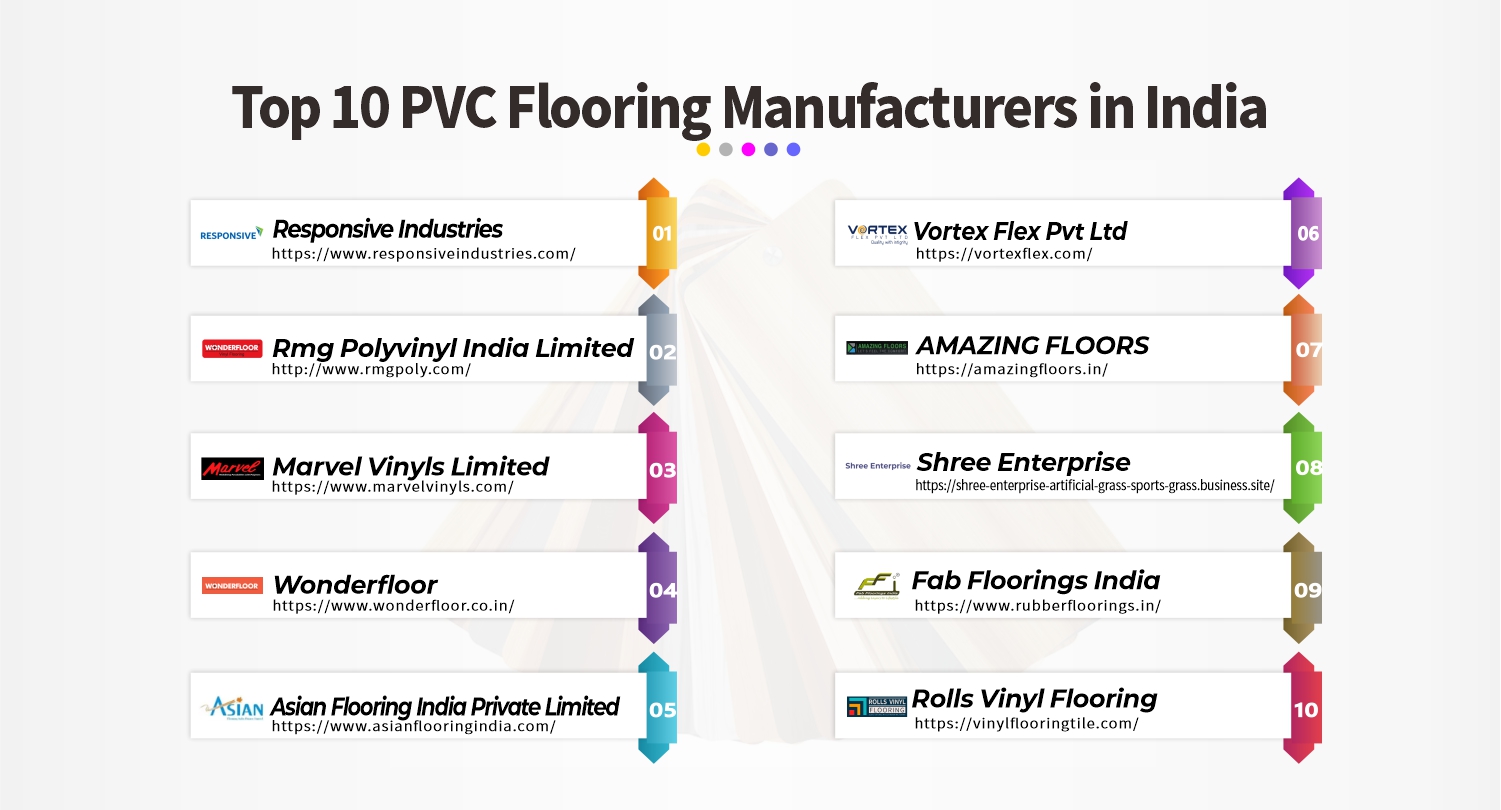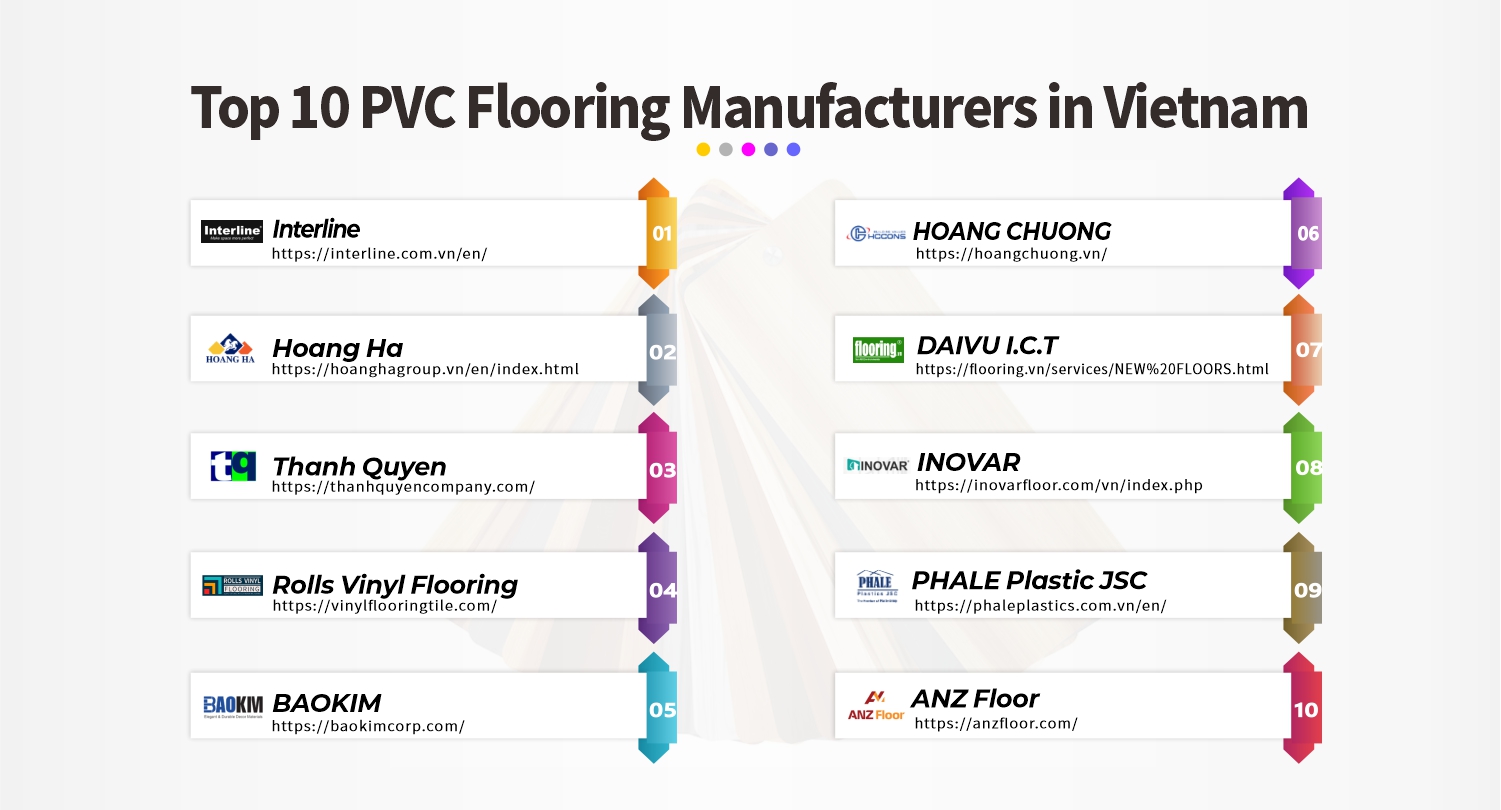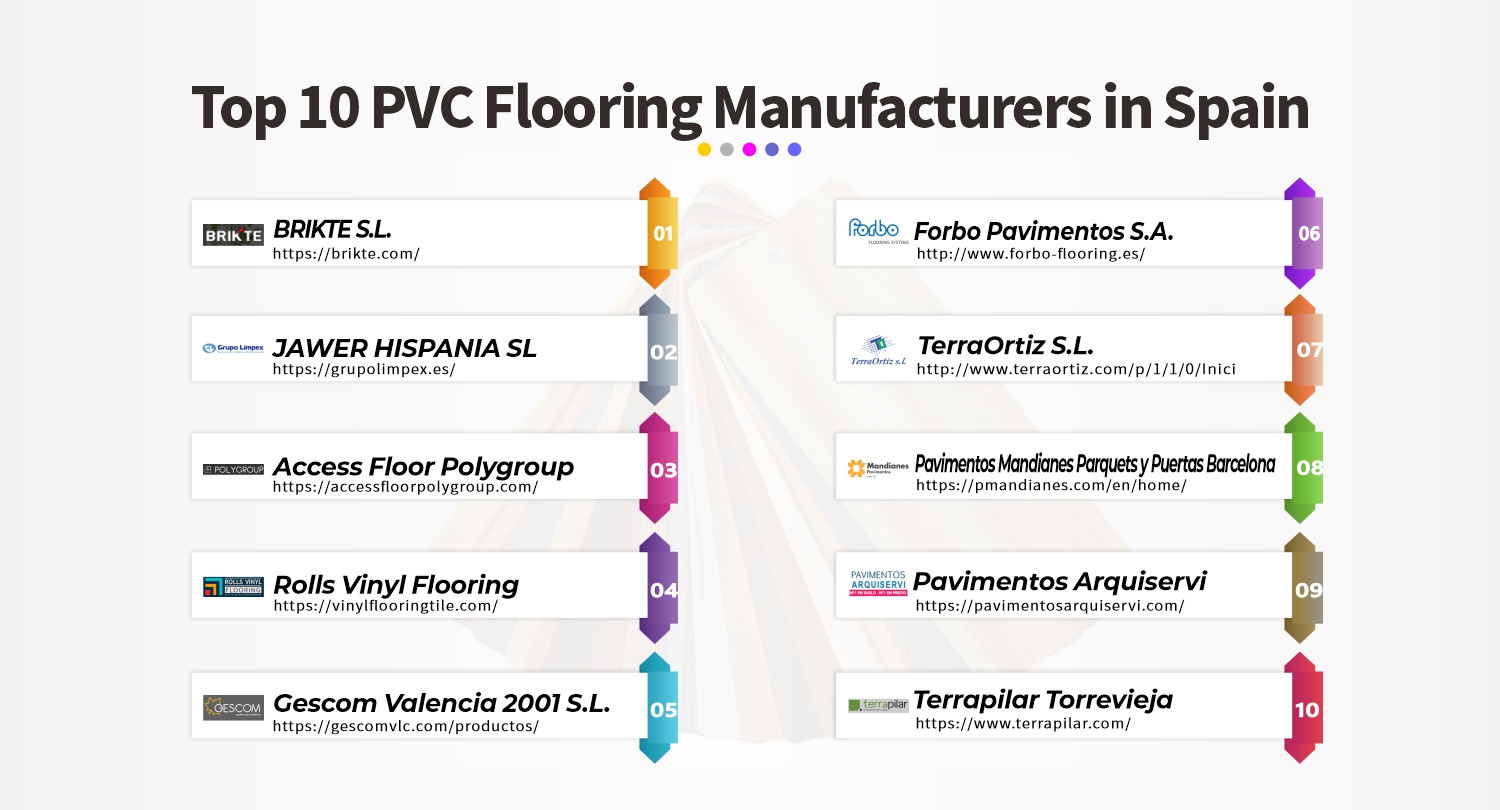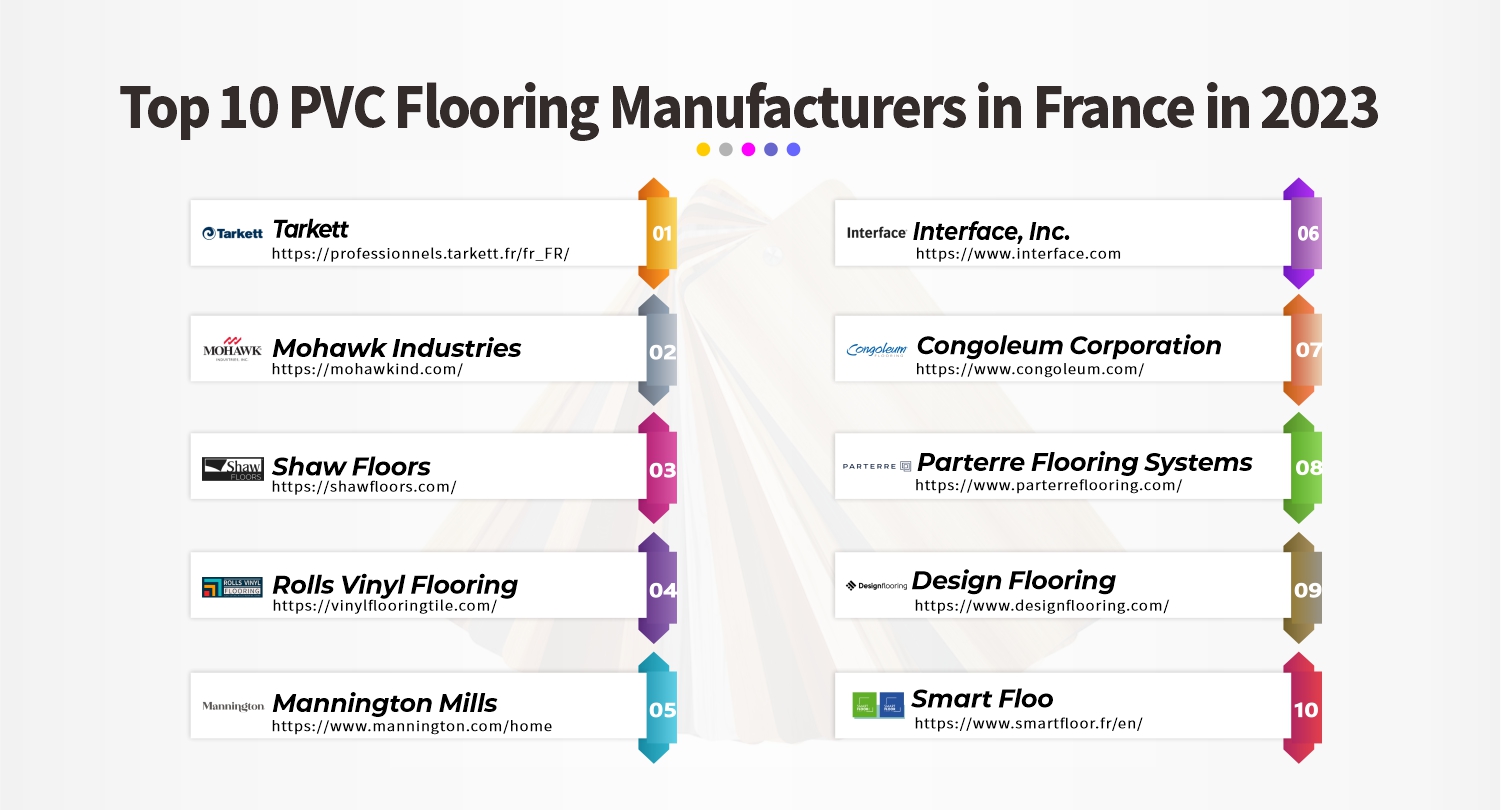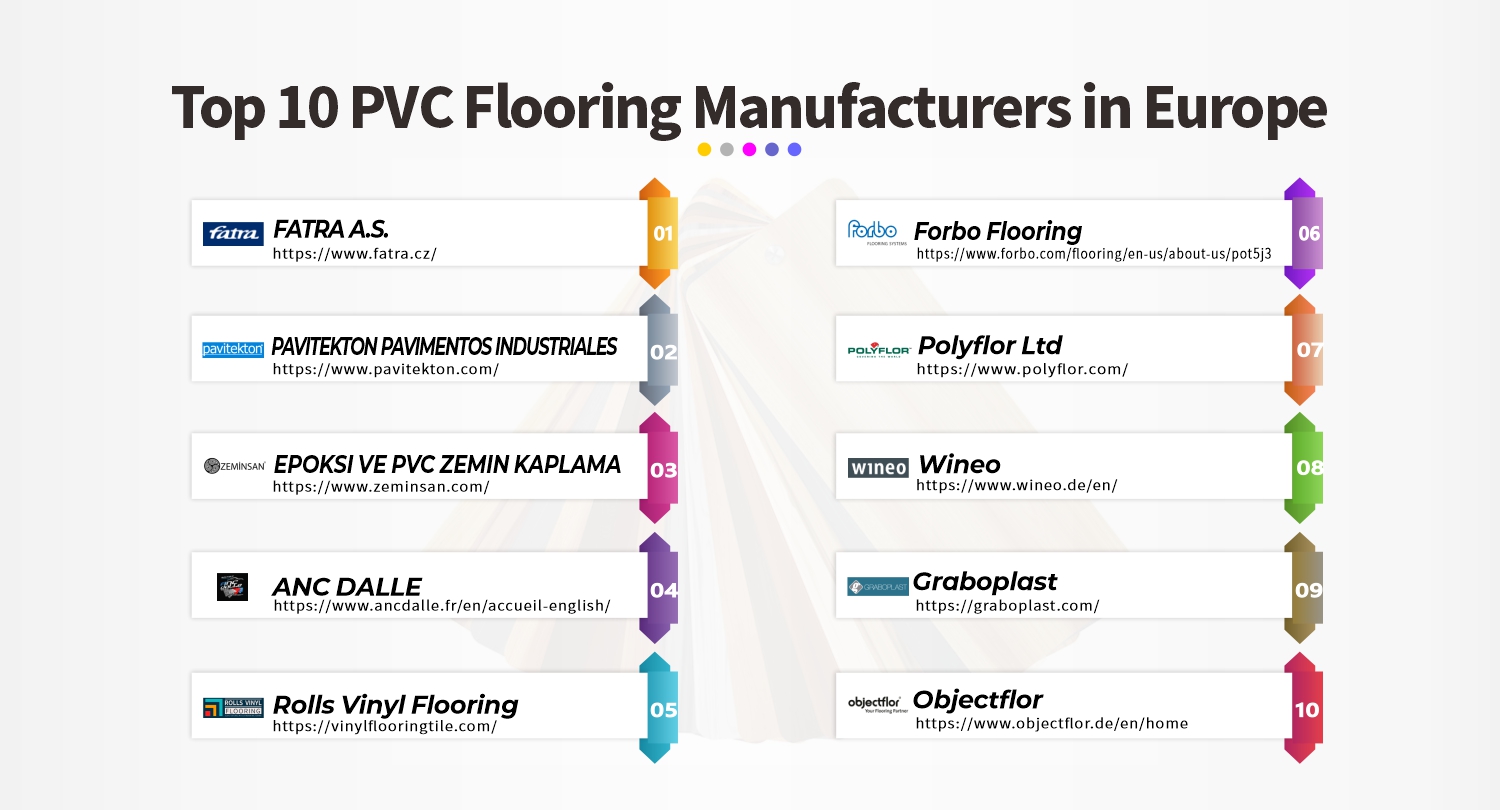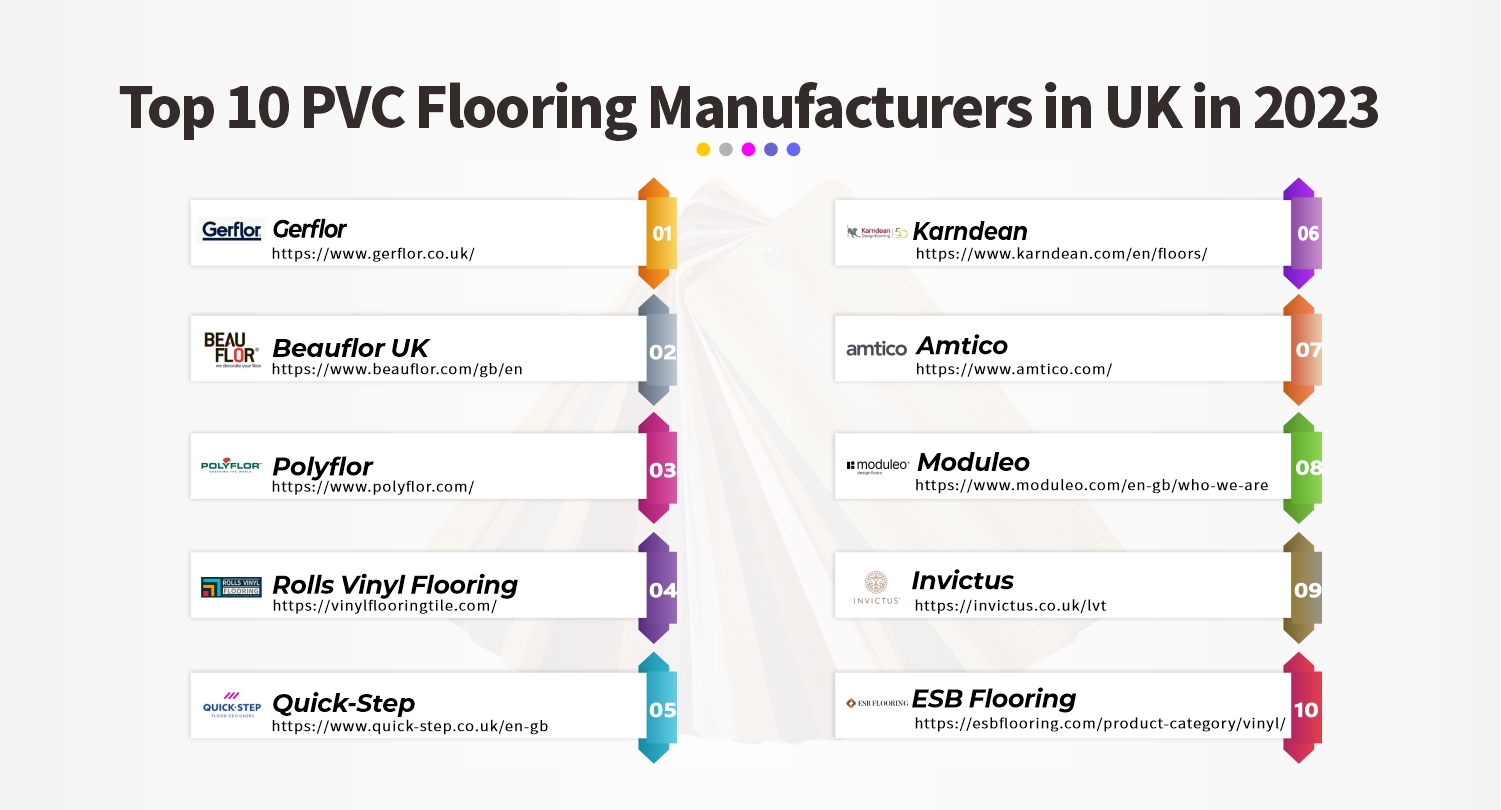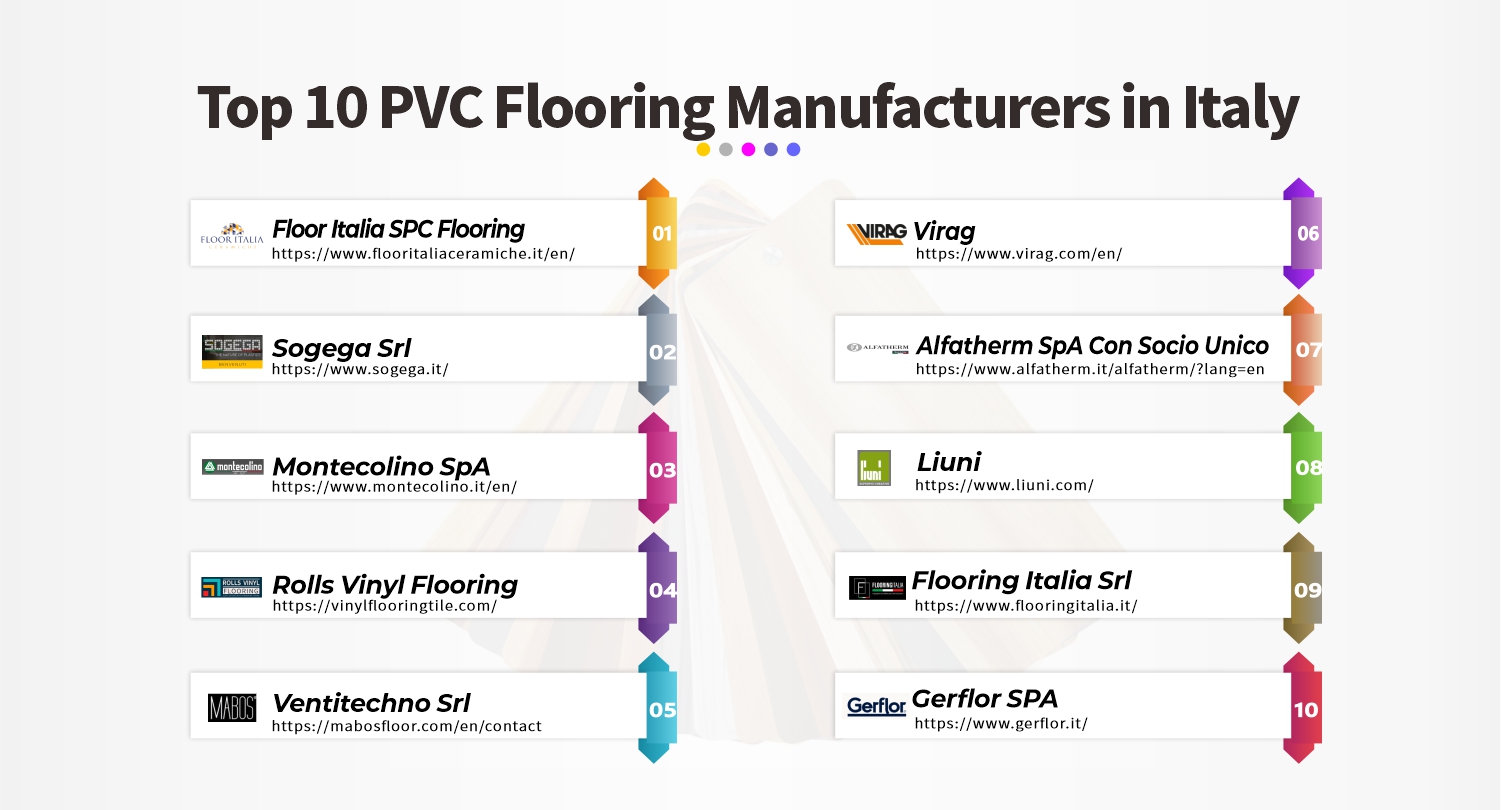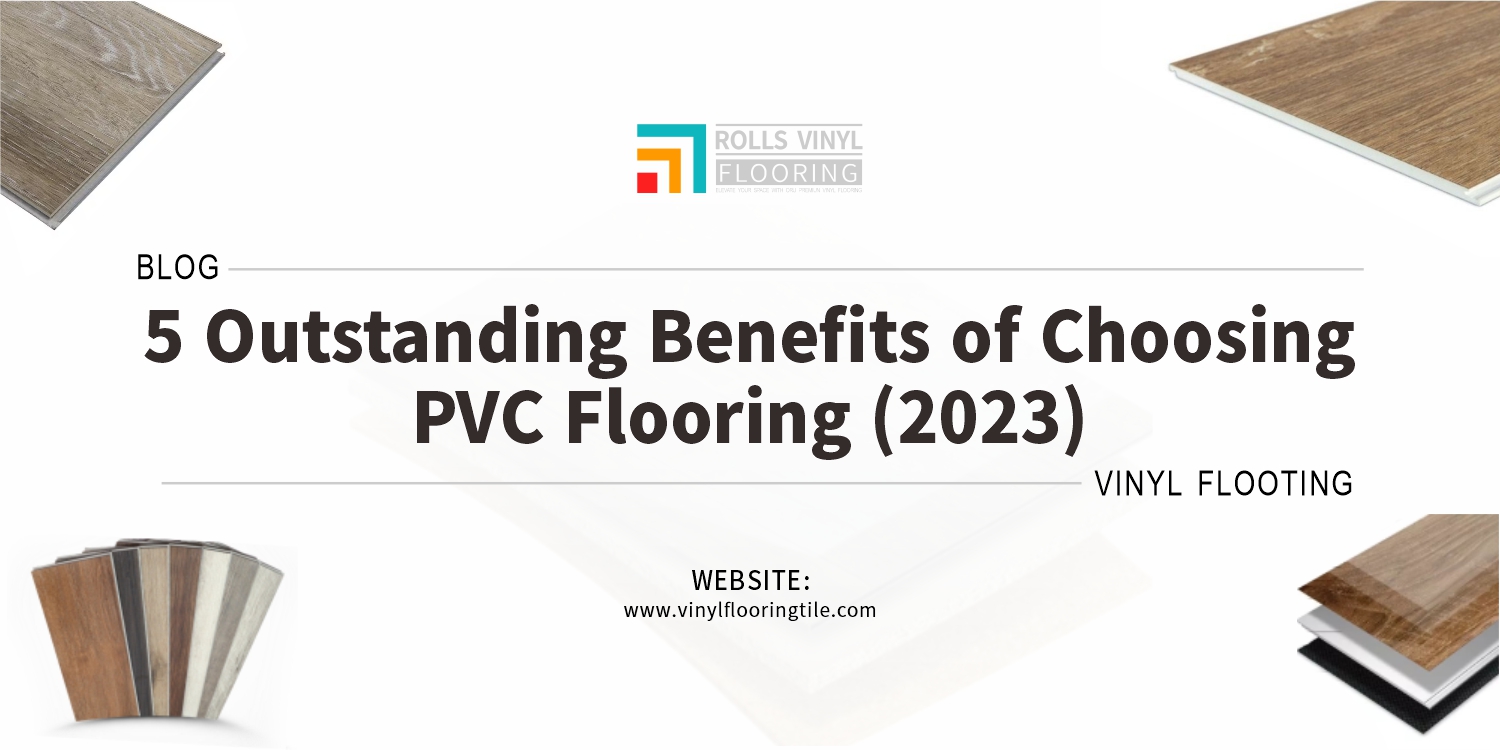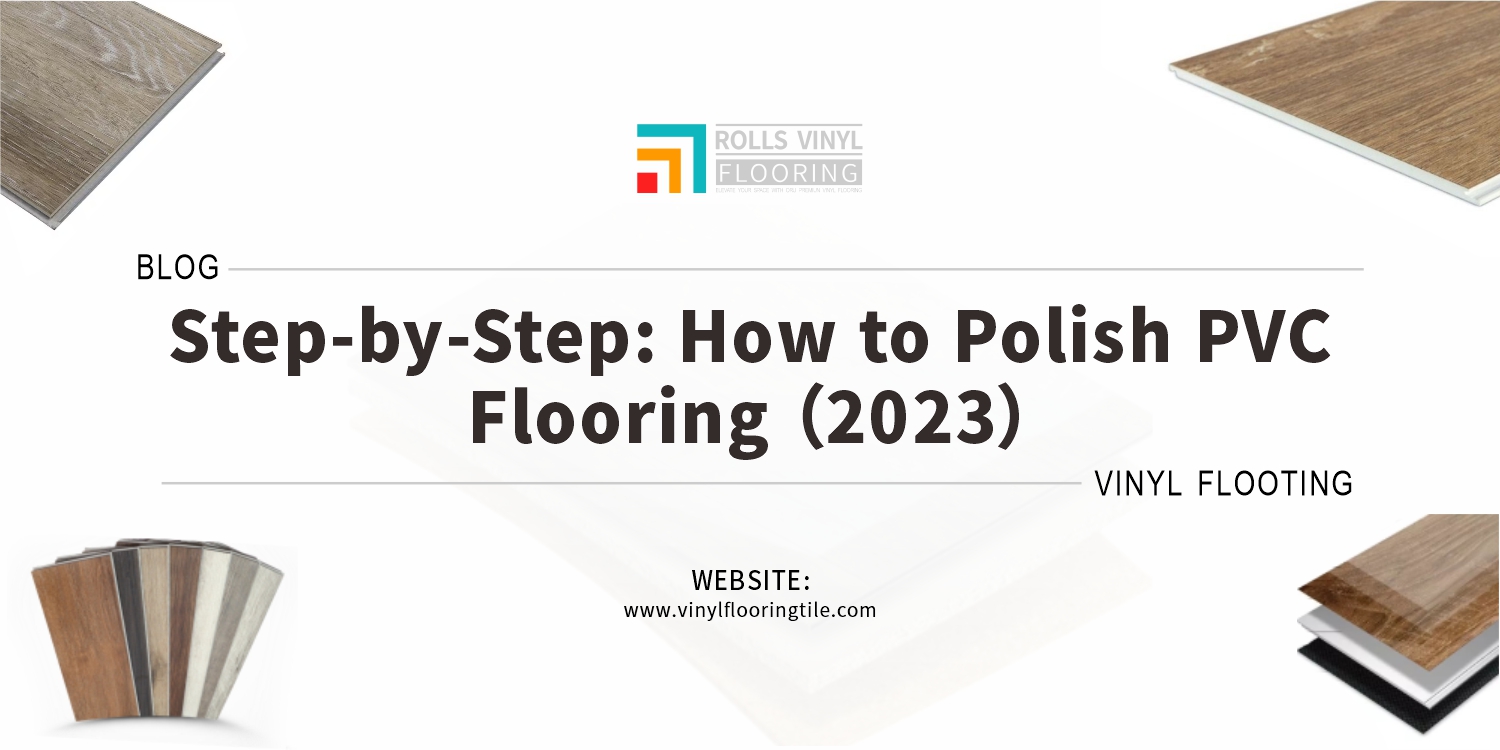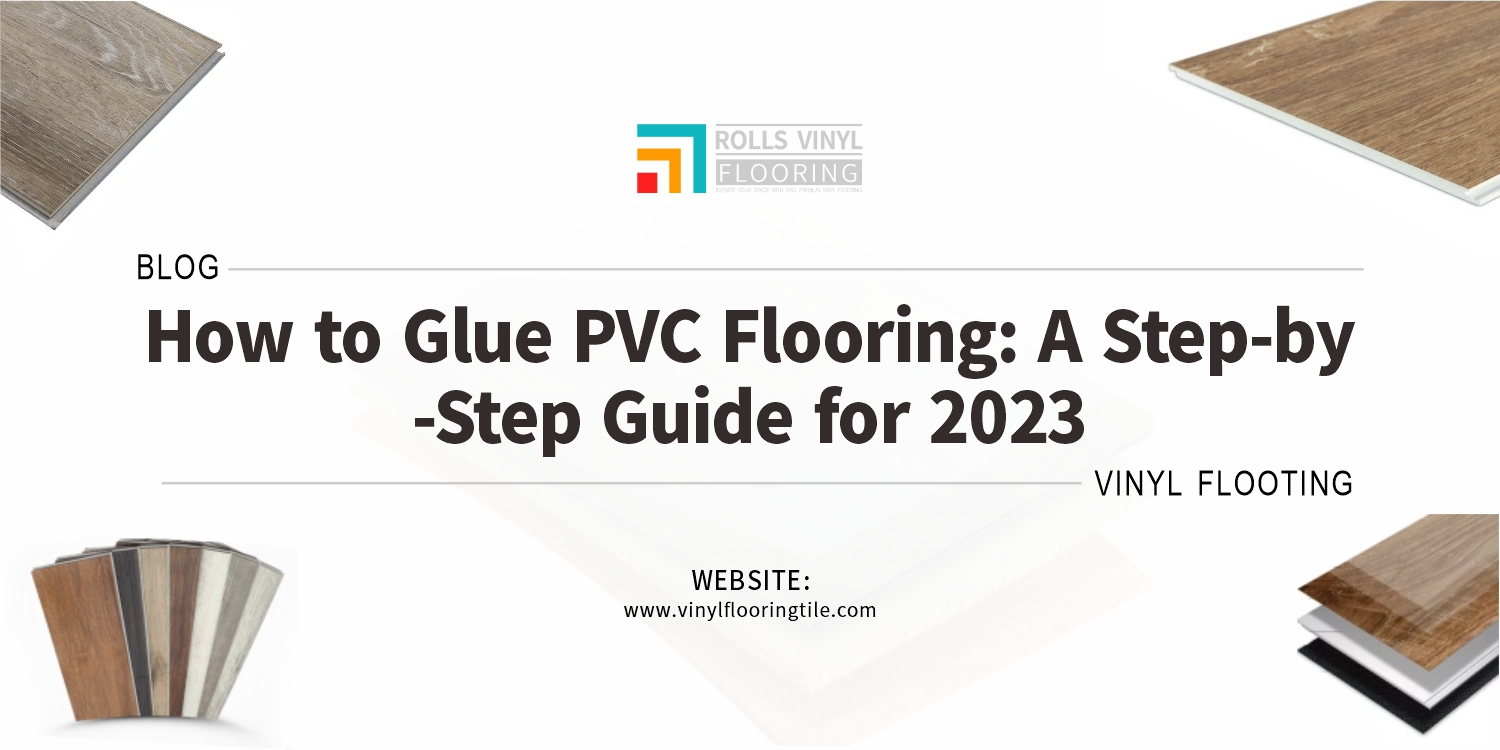Would you like to learn more about the difference between LVT flooring and PVC flooring? It’s easy to get confused between these two popular flooring options, but fear not!Together, we’ll explore the unique features, benefits of LVT and PVC flooring, so you can make an informed decision for your space. Trust me, the world of flooring is more fascinating than you may think! So, let’s embark on this journey together and discover the magic of these two flooring materials.
LVT and PVC flooring are two types of vinyl floors used in residential and commercial settings. PVC flooring is made of synthetic materials like PVC, while LVT flooring is composed of multiple layers of vinyl and mimics the look of natural materials. LVT flooring is more durable and luxurious than PVC flooring, making it a popular choice for high-traffic areas. PVC flooring is more affordable and easier to maintain.

Discover the factors to consider when choosing between LVT and PVC flooring, including cost, design preferences, and flooring needs. Plus, learn about the installation costs for each type of flooring.
What is LVT flooring and what is PVC flooring?
LVT (Luxury Vinyl Tile) flooring and PVC (Polyvinyl Chloride) flooring are two popular types of vinyl flooring that are commonly used in residential and commercial settings.
PVC flooring, also known as vinyl flooring, is made of synthetic materials such as polyvinyl chloride (PVC). It is a type of resilient flooring, meaning that it is flexible and durable. There are different types of PVC flooring, such as luxury vinyl planks flooring, sheet vinyl, and vinyl composition tile flooring. PVC floors are often preferred for their affordability, durability, and easy maintenance. They are also resistant to water, stains, and scratches.
On the other hand, LVT flooring is a type of luxury vinyl plank flooring that mimics the look of natural materials like hardwood, ceramic tiles, or stone. LVT floors are composed of multiple layers of vinyl material, with a printed layer on top that gives it its design. Luxury vinyl tile comes in a wide variety of patterns, colors, and textures, making it a popular choice for homeowners who want a stylish and realistic-looking floor. LVT flooring is also more durable than traditional vinyl flooring, making it a good choice for high-traffic areas.
One of the key differences between PVC and LVT flooring is the level of luxury they provide. While PVC floors are more affordable, LVT floors are considered a luxury vinyl flooring option because of their high-end appearance and durability. LVT flooring is also a type of engineered vinyl plank, which means that it has a stable core that can withstand heavy foot traffic and moisture.
The cost of installing PVC flooring and LVT flooring can vary depending on the type of flooring, the size of the room, and the complexity of the installation. PVC flooring typically costs between $1 and $5 per square foot, while LVT flooring can cost between $2 and $7 per square foot. However, the cost of installation may be higher for LVT flooring due to its thicker and more complex structure.
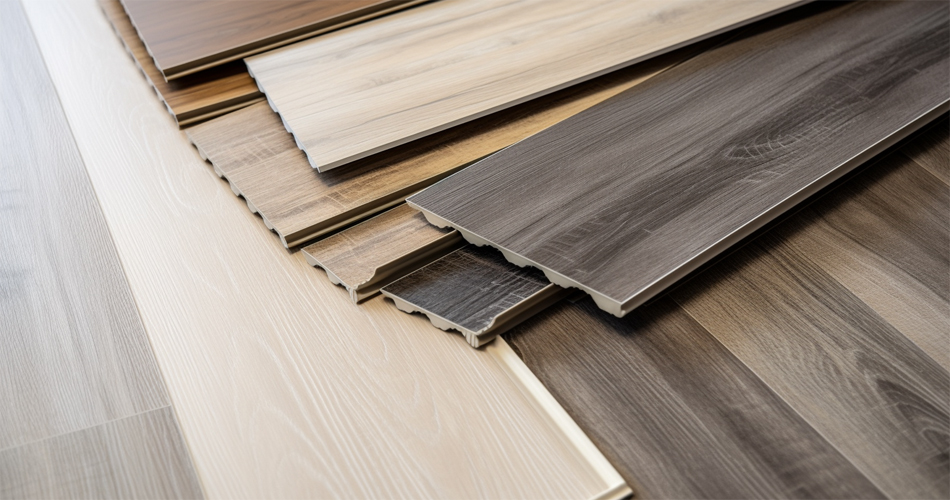
PVC flooring and LVT flooring are two types of vinyl floors that offer different levels of luxury and durability. While PVC floors are affordable and easy to maintain, LVT floors provide a more high-end look and greater resistance to heavy traffic and moisture. Ultimately, the choice between the two types of vinyl flooring will depend on the homeowner’s budget, design preferences, and flooring needs.
Differences between LVT flooring and PVC flooring
| Feature | LVT Flooring | PVC Flooring |
|---|---|---|
| Composition | Multi-layered with a vinyl core layer, realistic print layer, and protective top coat | Made entirely of PVC |
| Thickness | Thicker than PVC flooring, usually around 5mm or more | Thinner than LVT flooring, usually around 2-3mm |
| Installation | Can be installed with a click-lock or glue-down method | Can be installed with a glue-down method |
| Durability | Durable and can last up to 20 years | Less durable than LVT flooring, usually lasts up to 10 years |
| Cost | Usually more expensive than PVC flooring | Usually less expensive than LVT flooring |
| Appearance | Has a more realistic look and feel, can mimic the appearance of natural materials like wood or stone | Has a uniform appearance, does not mimic natural materials as well as LVT flooring |
Composition
LVT flooring stands for luxury vinyl tiles, which are made up of multiple layers of vinyl, and often have a layer of a photographic print on top, giving it the appearance of real wood or stone. On the other hand, PVC flooring stands for polyvinyl chloride flooring, which is made up of PVC resins, plasticizers, and stabilizers.
Appearance
LVT flooring has a more realistic appearance and texture, resembling natural materials such as hardwood or ceramic tiles. PVC flooring, on the other hand, has a more uniform appearance and can come in a variety of colors and patterns, but may not have the same level of detail as LVT.
Durability
LVT flooring is highly durable and resistant to scratches, dents, and moisture. PVC flooring is also durable but may not be as resistant to scratches and dents as LVT flooring.
Maintenance
Both LVT and PVC flooring is easy to maintain and require regular cleaning to keep them looking their best. However, LVT flooring may require less maintenance over time than PVC flooring.
Installation
LVT flooring can be installed using several methods, including glue-down, click-lock, or loose-lay installation. PVC flooring is typically installed using glue-down or floating installation methods. Both types of flooring can be DIY projects, but professional installation is recommended for larger or more complex projects.
Cost
LVT flooring is generally more expensive than PVC flooring, with luxury vinyl tiles costing around $2-$7 per square foot, while PVC flooring can cost as little as $1 per square foot. Other types of vinyl flooring, such as vinyl sheet flooring, vinyl planks, and engineered vinyl plank, fall somewhere in between these two options.
Overall, LVT flooring is often considered a higher-end option compared to PVC flooring, offering a more realistic appearance and higher durability, but at a higher cost. PVC stands out as an affordable and versatile option, with a variety of types and installation methods available.
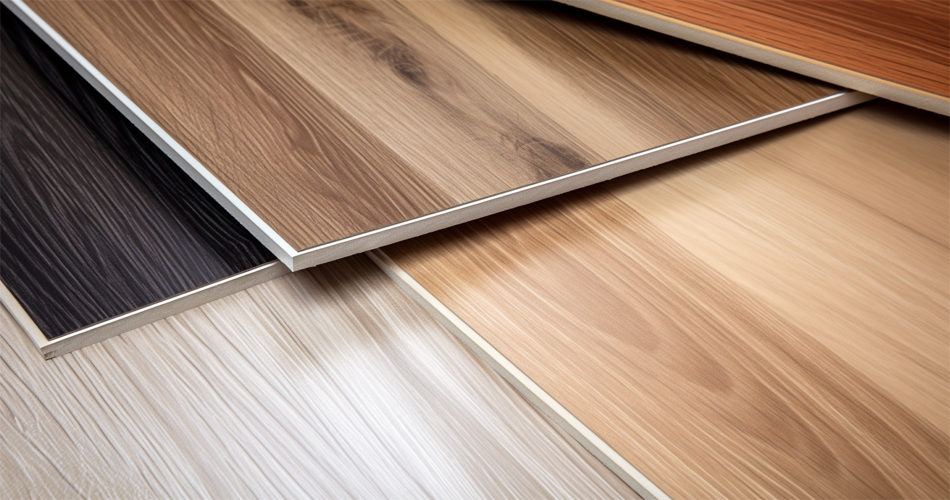
Conclusion
A. Summary of the main differences:
In summary, LVT and PVC flooring are two popular types of vinyl floor that differ in composition, appearance, durability, maintenance, installation, and cost. While PVC flooring is made of synthetic materials and is an affordable and easy-to-maintain option, LVT flooring is a type of luxury vinyl plank that mimics the look of natural materials and is more durable than traditional vinyl flooring.
B. Considerations for choosing between LVT and PVC flooring:
When choosing between LVT and PVC flooring, homeowners should consider their budget, design preferences, flooring needs, and the size and complexity of the installation. Homeowners who prioritize affordability and easy maintenance may opt for PVC flooring, while those who want a more high-end and durable option may choose LVT flooring.
C. Final thoughts and recommendations:
Ultimately, the choice between LVT and PVC flooring depends on the homeowner’s specific needs and preferences. While both types of flooring have their advantages and disadvantages, they both offer a range of options for homeowners to choose from. When deciding on the right type of flooring, it’s important to weigh the costs, durability, maintenance, and aesthetic appeal of each option. Other types of flooring, such as laminate flooring, may also be considered depending on the homeowner’s needs and preferences. Regardless of the choice, properly install PVC flooring is essential for both PVC and LVT flooring, and professional installation is recommended to ensure the longevity and durability of the floor.
By understanding the differences between LVT and PVC flooring, readers can make informed decisions when choosing the best vinyl flooring option for their homes or businesses. Whether it’s the affordability and easy maintenance of PVC flooring or the durability and luxury of LVT flooring, this article provides valuable information to help readers make the right choice.

